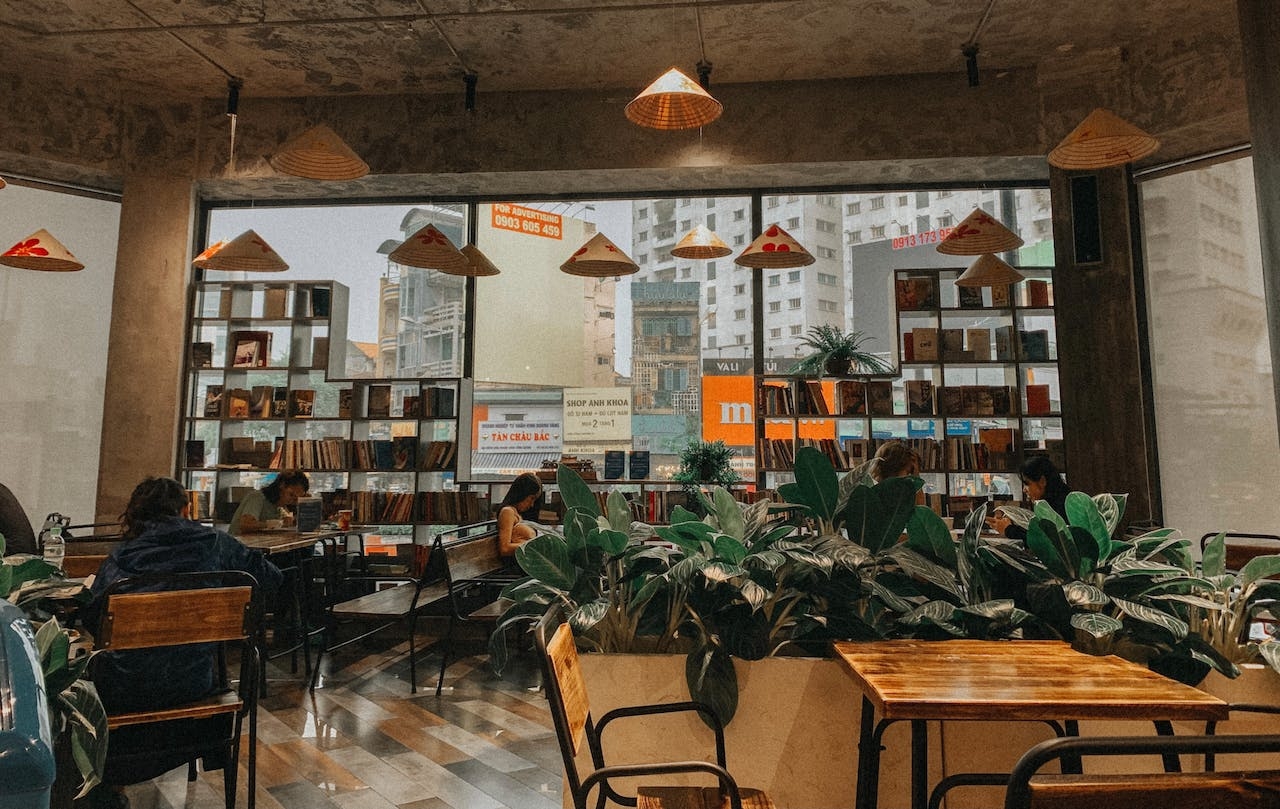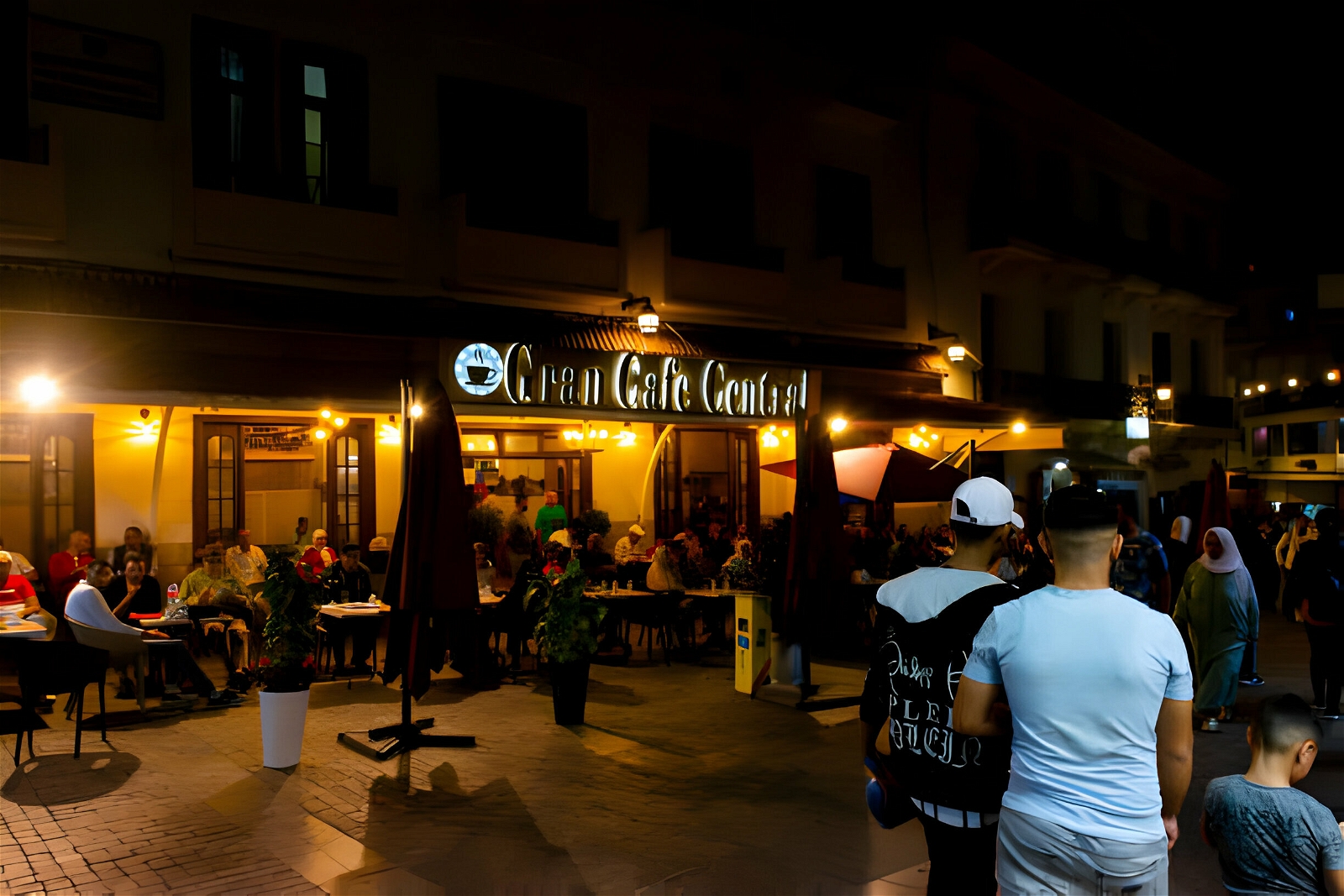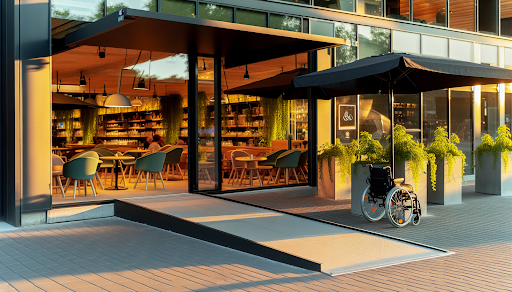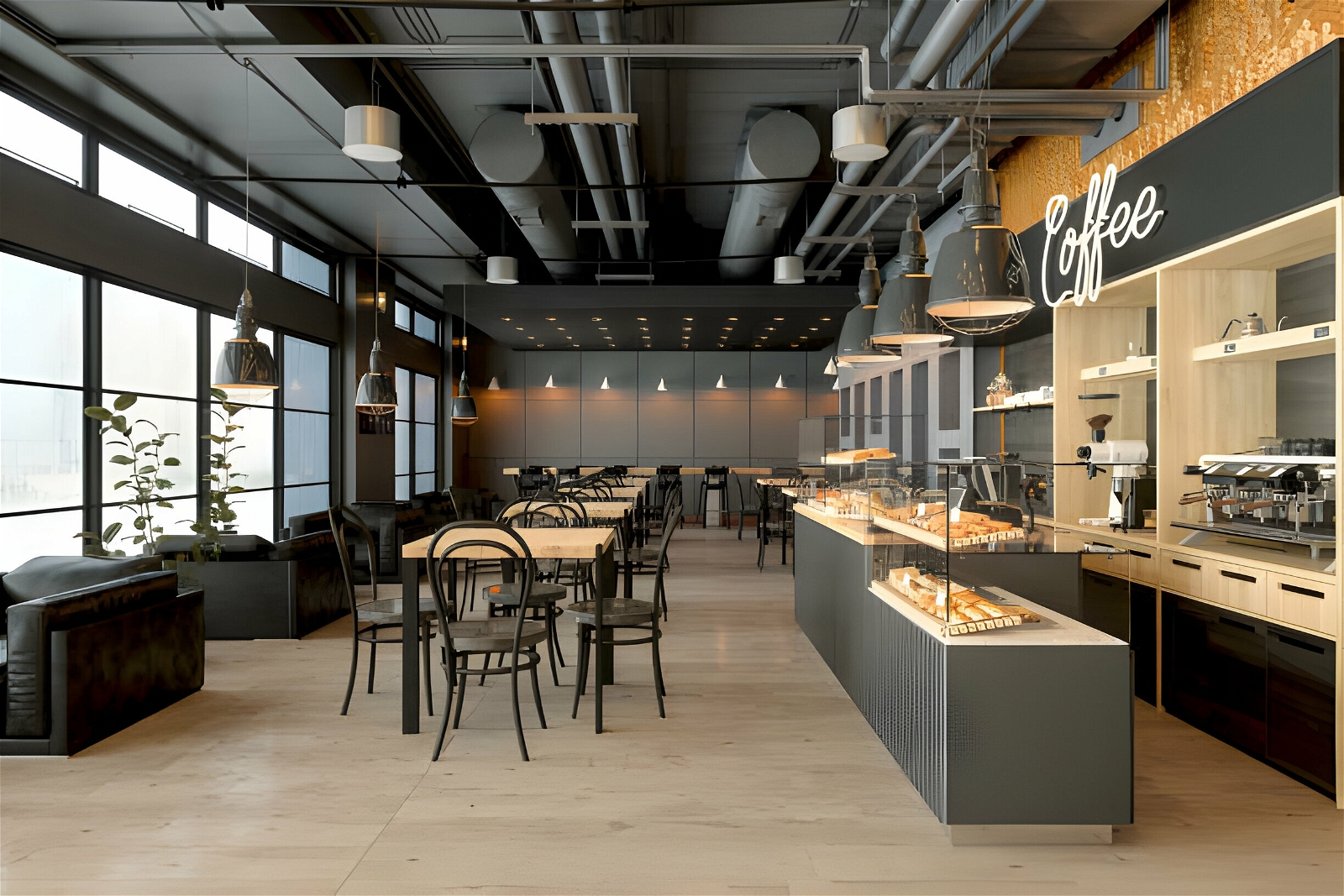Unlocking the Ideal Spot: Choosing the Best Location for a Coffee Shop
By Hamza Benhlima · 25. January 2024
In the quest to find the best location📍 for a coffee shop, entrepreneurs must consider several vital factors.
This article boils down to the essentials: heavy foot traffic, high visibility, competitive edge, and smart financial planning.
Without giving it all away, expect to uncover the pointers that will guide you to a spot where your coffee shop can thrive.
Scouting the Perfect Coffee Shop Location

The location of a coffee shop is integral to its success🌟.
But what exactly makes a location perfect for a coffee shop?
It’s all about understanding your foot traffic, making your shop visible, and outshining the local competition.
Foot Traffic: The Lifeblood of Coffee Shops
Foot traffic is to coffee shops what caffeine is to their beverages – a direct influence on customer base and sales.
A bustling location means more chances to lure in potential customers and rake in those sales dollars.
So, how do you figure out the magic foot traffic goal?
Let’s just say, more is better.
A prosperous coffee business often serves around 230 cups of coffee daily, indicating the importance of a busy location for boosting🚀 sales.
If you’re looking to open a coffee shop, offering a breakfast and lunch menu can also contribute to the success of the establishment.
Visibility Matters: Making Your Coffee Shop Stand Out

Visibility is the key ingredient for catching the attention of potential customers, outdoing the competition, and instantly conveying the brand’s message.
A well-thought-out signage can boost the visibility of the coffee shop’s location. How about making your coffee shop the talk of the town?
Strategic branding gives the coffee shop a personality that’s impossible to ignore.
With the right hashtags on social media and interacting with fans, it’s like turning on a spotlight that attracts a crowd of loyal customers.
Assessing Local Competition: Can You Brew Success?
Understanding the local competition is vital in the quest for the perfect coffee shop location.
It’s all about figuring out who’s gonna be all over your coffee products. It’s like knowing your audience, so you can serve up the right stuff for:
- the drip coffee drinkers
- coffee shop lovers
- specialty coffee drinkers
- whole bean buyers
It’s all about tailoring your game to please the crowd.
Target Market Analysis for Coffee Shop Success

Understanding your target market is essential for comprehending potential customers and customizing the coffee shop’s offerings to suit their tastes.
It’s all about diving deep into demographics and lifestyle habits to cater to customer patterns and brew your success.
Lifestyles and Habits: Catering to Customer Patterns
Comprehending customer buying habits is the key ingredient in the recipe for a successful coffee shop.
Knowing whether they prefer ordering in person or through apps can really shape how the shop markets itself, provides service, and even designs its space.
To align coffee shop products with customer lifestyle habits, identifying the characteristics, preferences, and behaviors of potential customers through market research is vital.
The Economics of Coffee Shop Locations
The average rent cost for coffee shop locations can be anywhere from $1,500 to $5,000 per month, depending on location, size, and amenities.
It’s important to juggle these costs with revenue projections to make sure the business makes bank, since rent is a fixed cost that seriously affects the bottom line.
Balancing Rent Costs with Revenue Projections
During rent calculation for a coffee shop location, remember to consider the following factors:
- The appeal of the location
- The size of the space
- The buzz around the competition
- The potential revenue
- Any upcoming extra costs
- The rent-to-revenue percentages
Budgeting for Success: Hidden Costs and Investments
Budgeting for hidden costs and investments is instrumental for the financial stability of the coffee shop. Some sneaky expenses to consider include:
- Council permits
- Food handling certificates
- Labor costs
- Start-up costs
These hidden costs can really mess with your budget, so it’s important to plan for them in advance.
Accessibility and Amenities: Enhancing Customer Experience

Guaranteeing accessibility and providing amenities such as outdoor seating can elevate the customer experience in your coffee shop.
From wheelchair access to outdoor seating, these elements can attract more customers and make their experience unforgettable.
Wheelchair Access: Ensuring Inclusivity
Providing wheelchair access in coffee shops not only opens the door to more customers but also gives wheelchair users and their entourage a chance to savor the products and services offered.
Coffee shops are legally bound to make sure they’re accessible to folks in wheelchairs.
They’ve got to get creative with ramps and make sure those entrances are easy to roll through.
Outdoor Seating and More: What Amenities to Offer
Outdoor seating in coffee shops is not just about providing a place to sit. It’s like free advertising and can even boost the shop’s profits.
A spotless and inviting atmosphere, and some snug and cushy furniture, really seal the deal for coffee shop fans seeking the ideal location for the best coffee shop location among other coffee shops.
The Practicalities of Space and Design

In the setup of your coffee shop, taking into account the practicalities of space and design is of utmost importance.
From finding the right size to optimizing the layout, these factors can significantly influence the success of your coffee shop.
Sizing Up the Space: Finding the Right Fit
The perfect square footage for a cozy coffee shop is about 600 to 900 square feet, providing enough space for 20 to 40 people to comfortably enjoy their brew.
Layout Logistics: Optimizing Your Coffee Shop’s Flow
The layout of your coffee shop plays a significant role in its success.
An efficient layout not only improves workflow but also contributes to a delightful customer experience.
It’s like setting up the stage for a show that leaves the audience wanting more.
Strategic Alliances with Neighboring Businesses
Establishing strategic alliances with neighboring businesses can revolutionize your coffee shop.
From expanding your customer base to giving your patrons extra perks, these alliances can provide mutual benefits and help your business flourish.
Synergy with Local Businesses: A Mutual Boost
Creating synergy with local businesses can significantly boost foot traffic and create a supportive community for your coffee shop.
By sourcing food items from a nearby restaurant or bakery, offering goods from local producers for retail sale, and collaborating with complementary businesses, you can mutually strengthen your presence in the market.
Networking with Property Managers: Finding Hidden Gems
Networking with property managers can help you find hidden location gems for your coffee shop.
These connections can provide you with valuable insights about the rental market and potentially secure you better lease terms.
Navigating Zoning and Permits
Establishing zoning and obtaining the appropriate permits are vital components of setting up your coffee shop.
Understanding these requirements can help you avoid potential legal issues and ensure your business complies with local regulations.
Securing the Right Permits
Obtaining the correct permits is vital for the lawful⚖️ operation of your coffee shop and to avoid potential penalties or shutdowns.
From getting a business license to a food service permit, these legal requirements are non-negotiable.
Social Media Insights: Gauging Public Interest
Insights from social media can assist you in assessing public interest in your coffee shop and pinpointing potential customers.
By keeping an eye on their conversations and mentions of your coffee shop, you can figure out if people in that area are into your brew.
Summary
In conclusion, the perfect location for your coffee shop is not just about the coffee.
It’s a complex blend of factors – from understanding foot traffic and local competition to leveraging big data and understanding zoning requirements.
In the end, it’s all about knowing your audience and serving up the right stuff to please the crowd.
Frequently Asked Questions
Why is location important for coffee shops?
The location of a coffee shop is crucial for attracting customers, so aim for areas with high foot or vehicle traffic, such as busy streets, shopping centers, or near public transportation hubs.
Choose a spot that is easily noticeable and accessible.
Where is the best place to advertise a coffee shop?
The best place to advertise a coffee shop is through advertising materials like flyers, posters, and social media posts, alongside discounts and promotions on the coffee shop’s website to attract customers looking for a great deal.
What are the key factors to consider when choosing a location for a coffee shop?
When choosing a location for your coffee shop, consider foot traffic, visibility, competition, target market, budget, accessibility, space and design, and zoning and permits.
Don’t underestimate the power of a well-thought-out location.
How does foot traffic impact the success of a coffee shop?
More foot traffic means more potential customers and higher sales for a coffee shop – it’s all about luring in the passersby!
Why is it important to understand customer demographics and lifestyle habits?
Understanding customer demographics and lifestyle habits is important because it helps tailor offerings to their preferences, significantly influencing the business’s success.

